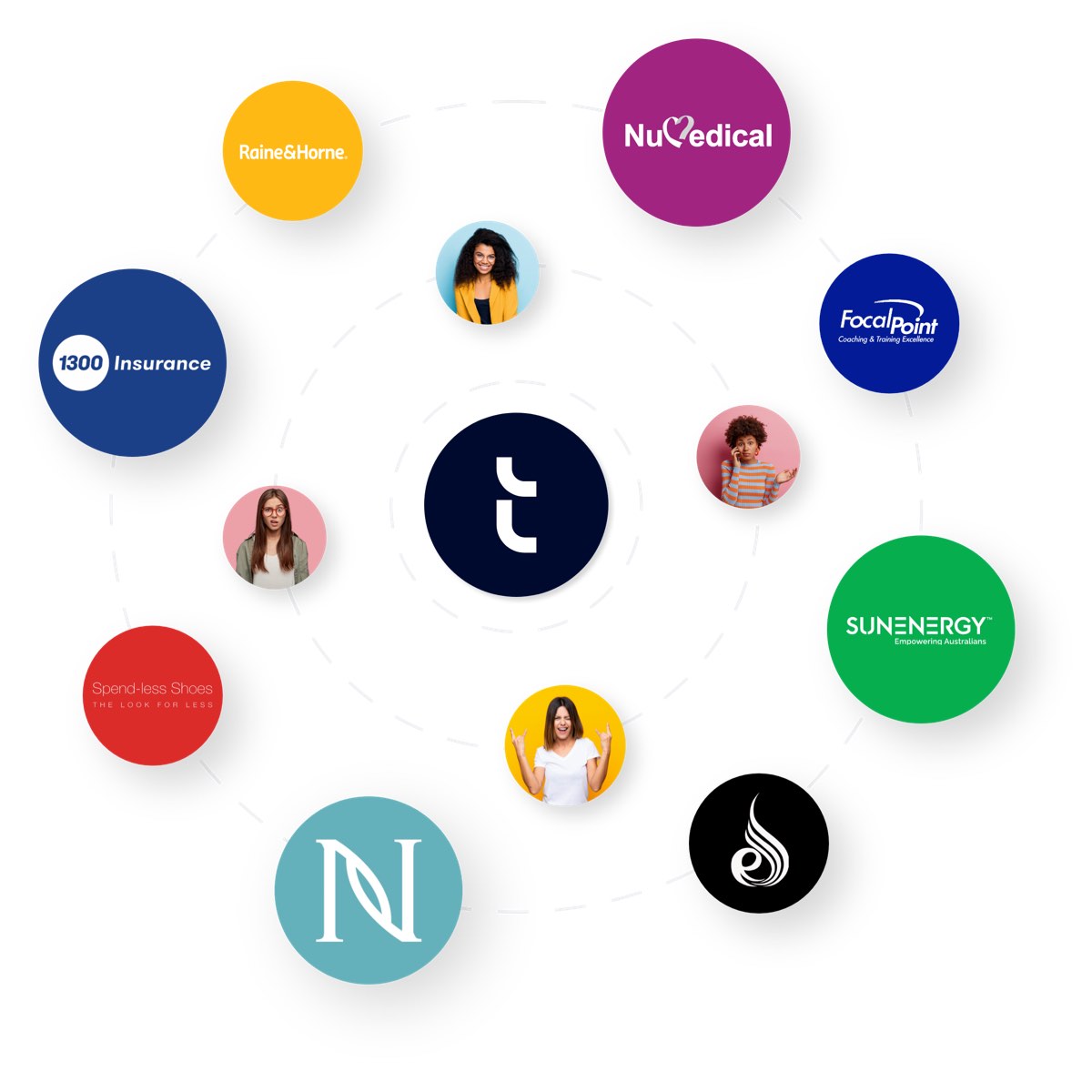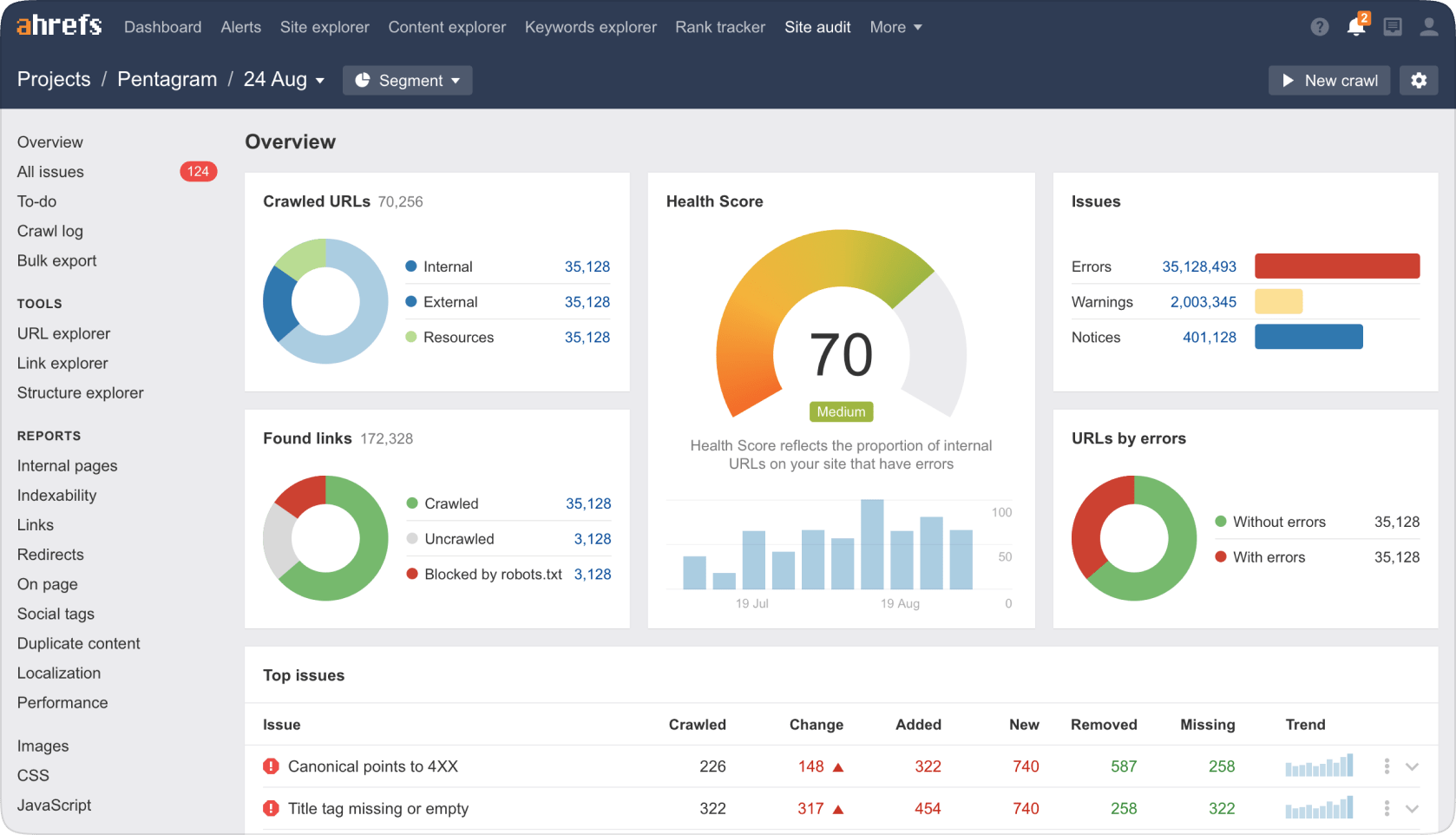Amp Up Your Fishing Gear with Trendy Men’s Caps
When it comes to fishing gear, many anglers focus on rods, reels, and bait, but one often-overlooked accessory that can make a big difference in both style and functionality is the fishing cap. A trendy men's cap not only protects you from the sun's rays but also adds a touch of personality to your fishing outfit. Whether you're a seasoned angler or just starting out, upgrading your fishing gear with a stylish cap can take your fishing experience to the next level. Refer: https://www.theconservativefisherman.com/collections/hats.
Benefits of Wearing a Fishing Cap
Sun Protection
- One of the primary reasons to wear a fishing cap is to protect yourself from the sun's harmful UV rays. Spending long hours out on the water without adequate sun protection can lead to sunburns and long-term skin damage.
- A fishing cap with a wide brim can provide shade for your face, ears, and neck, keeping you cool and comfortable even on hot, sunny days.
Visibility
- Many fishing caps come in bright colors or reflective materials that can improve your visibility, making it easier for your fishing buddies to spot you on the water.
- Visibility is especially important in low-light conditions or when fishing in crowded waters, where it's essential to stay visible to other boaters and anglers.
Style
- A trendy men's cap can add a stylish touch to your fishing ensemble, helping you stand out on the water and in fishing photos.
- From classic trucker hats to sleek performance caps, there are plenty of options to suit your personal style and preferences.
Features to Look for in a Fishing Cap
UV Protection
- Opt for a fishing cap with UPF (Ultraviolet Protection Factor) to ensure maximum sun protection for your face and head.
- Look for caps made from quick-drying, moisture-wicking fabrics that provide both sun protection and comfort on hot days.
Breathability
- Choose a cap with breathable mesh panels or built-in ventilation to help keep you cool and prevent sweat buildup while fishing.
- Breathable caps are ideal for warm-weather fishing trips or strenuous activities that require optimal airflow.
Adjustability
- Look for caps with adjustable straps or closures to ensure a secure and comfortable fit, even in windy conditions.
- Adjustable caps can accommodate different head sizes and hairstyles, providing a customized fit for all-day wear.
Trendy Men's Caps for Fishing
Trucker Hats
- Trucker hats are a classic choice for anglers, featuring a mesh back for breathability and a curved brim for sun protection.
- These caps often come in a variety of colors and designs, allowing you to express your personal style while out on the water.
Performance Caps
- Performance caps are designed for outdoor activities like fishing, with features such as moisture-wicking fabrics and UPF protection.
- These caps are lightweight, durable, and quick-drying, making them ideal for long days on the water.
Bucket Hats
- Bucket hats provide 360-degree sun protection with a wide brim that shades your face, ears, and neck from the sun.
- These hats are made from lightweight, packable materials, making them easy to stow away in your tackle box or backpack.
Conclusion
Adding a trendy men's cap to your fishing gear not only enhances your style but also provides essential sun protection and visibility on the water. With a wide range of caps available, from classic trucker hats to performance caps, there's a style to suit every angler's preferences. Invest in a quality fishing cap today and amp up your fishing gear for a more comfortable and stylish fishing experience.








